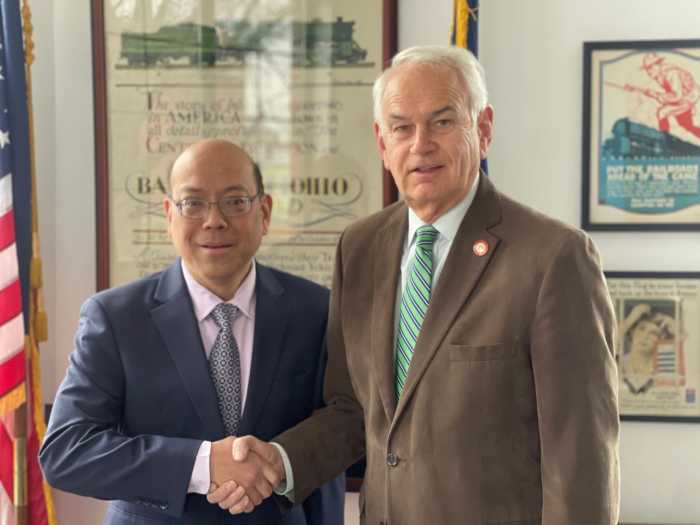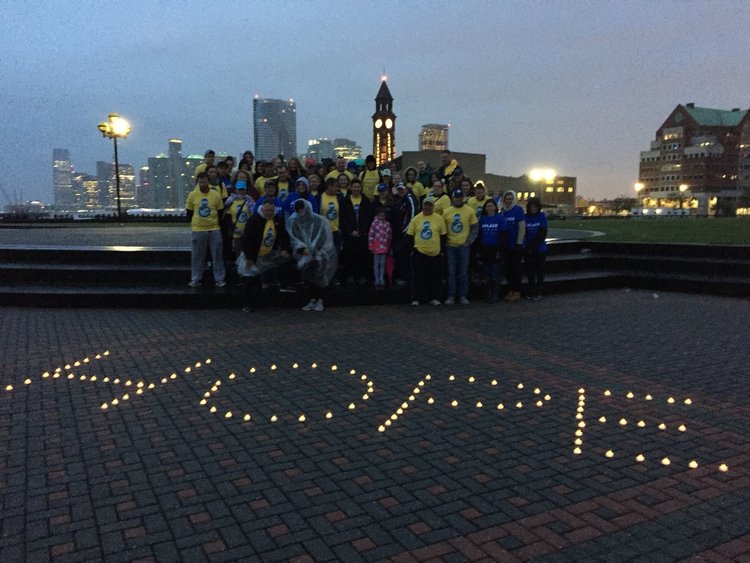By Stephen Witt
From demolition to inclusion. The Downtown Brooklyn home thought to be a stop on the Underground Railroad, and which the city at one time wanted to condemn, could become the centerpiece commemoration to Brooklyn’s abolitionist history. That after the city’s Request for Proposals (RFP) to find an arts, cultural, educational, or historical organization to develop and manage such a commemoration inches toward its Feb. 1 deadline. The home in question is located at 227 Duffield Street just off the Fulton Mall in Downtown Brooklyn. Built in 1848, the home was owned by Thomas and Harriet Lee-Truesdell, prominent abolitionists of that era. Abolitionists were people who opposed slavery in America and often helped slaves escape bondage through the “Underground Railroad.” The city had planned to seize the property, along with homes located at 225, 231, 235, 223 and 233 Duffield Street and 436 Gold Street to make way for the proposed Willoughby Square, a 1.5-acre open space park along with a 770-car parking garage directly beneath it. The city deems the park and garage essential as part of the massive Downtown Brooklyn redevelopment after the area was rezoned in 2004. However, local historians and preservationists argued 227 Duffield Street has several unexplainable architectural abnormalities such as passageways in the sub-basement leading some to conclude it was used as an Underground Railroad location. In the process of the battle, the city hired a consulting firm AKRF, which concluded that the property was “quite possibly” linked to the Underground Railroad. Along the way, the Bloomberg administration appeared to try to assuage advocates for the preservation of the houses. Among these initiatives was allocating an initial $2 million toward a project to commemorate abolitionist activity that occurred in Brooklyn in the 1800s. Then, last month, in a court settlement, the city decided not to use eminent domain to raze the home at 227 Duffield Street. Several days later, after the court settlement, the city’s Economic Development Corporation (EDC) held an informational session on the RFP Abolitionist Commemoration and noted several times that Willoughby Square Park is a possible location for the commemoration. “It is expected that there will be a central point for this commemoration, and the city will make Willoughby Square Park available. It is not mandatory, however, that the park be used,” the EDC stated in the informational session. According to informational session notes, if the selected respondent includes Willoughby Square Park in its proposal, it will be necessary to coordinate park uses in order to fulfill the park’s broader public purpose as well as its role in the commemoration of Brooklyn’s role in the abolitionism movement. “Both the landscape architect and commemoration group will be responsible for making any commemoration installation in the park financially feasible,” the city stated in the informational session. City Councilmember Letitia James, a strong advocate for not allowing the condemnation of the home at 227 Duffield Street said she supports having the home as part of the commemoration. “The museum should be part of the development in Downtown Brooklyn. That includes Willoughby Square and 227 Duffield Street should be part of it,” said James. RFP responses are due no later than 4 p.m., Friday, Feb. 1. Submission guidelines and requirements are outlined in the RFP, which can be downloaded at www.nycedc.com/rfp, or pick up at NYCEDC, 110 William Street, 6th floor, New York, NY Monday -Friday, between 9:30 AM and 4:30 PM. Companies that have been certified with the New York City Small Business Services as Minority and Women Owned Business Enterprises (M/WBE) are strongly encouraged to apply. To find out more about M/WBE certification and NYCEDC’S M/WBE program, log on to www.nycedc.com/mwbeprogram.

































